
Look for the Dishwasher Safe Symbol
Items made of ceramic, silicone, and metal are typically dishwasher safe, but other kitchenware may melt, stain, or warp inside the dishwasher. If you’re unsure, look for a dishwasher-safe symbol to confirm. There are several varieties, but the symbols usually involve a plate or glassware inside a square. However, not all items feature these symbols, so when in doubt, wash them by hand.

Experts agree that pre-rinsing your dishes before they go in the dishwasher wastes water and makes it operate less efficiently. However, scraping solid food waste into the garbage is still essential, or your dishwasher drain will clog. Sauce stains and crumbs are alright, but anything more substantial will need to be removed from the dish first.
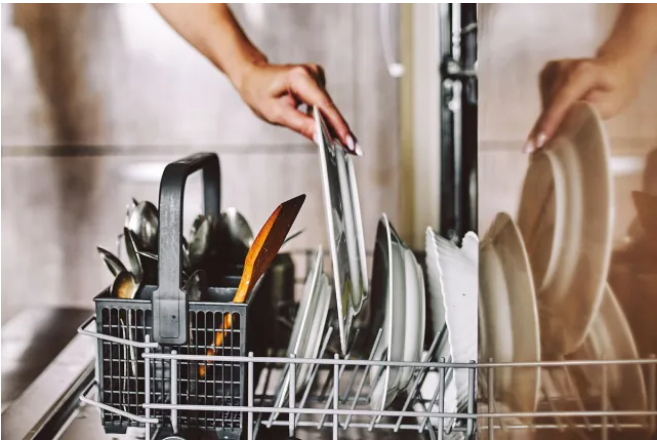
Many dishwashers are designed with a spraying mechanism in the center, so it’s important to face dirty dishes inward. If you leave your dishes facing upward, then water will pool in certain places and not dry properly. Make sure to face your curved kitchenware downwards, especially cups and bowls, to avoid filling them with dirty dishwasher water.
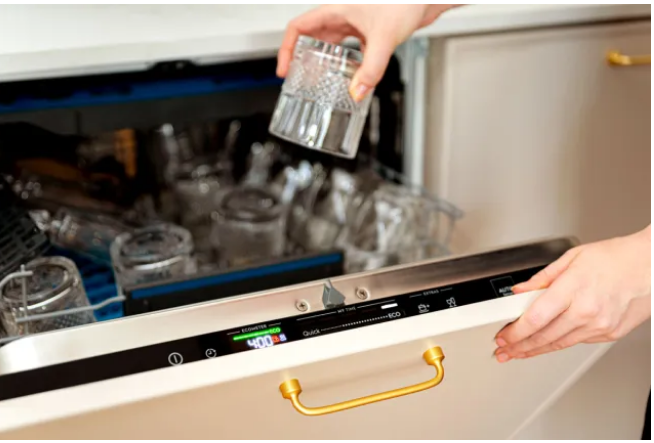
Load Items Onto the Proper Racks
The lower rack gets much hotter than the upper rack in most dishwashers, so it’s important to load items that may warp due to too much heat on the upper rack, such as plastic cups and utensils. Sturdier pots and pans are better suited for the lower rack.
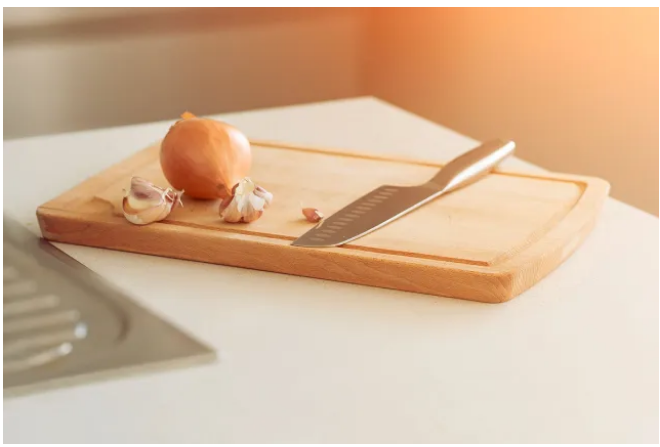
Sharp kitchen items, including steak and butcher knives, should be washed by hand and never put in the dishwasher. Running sharp items through the dishwasher will dull the blades over time.
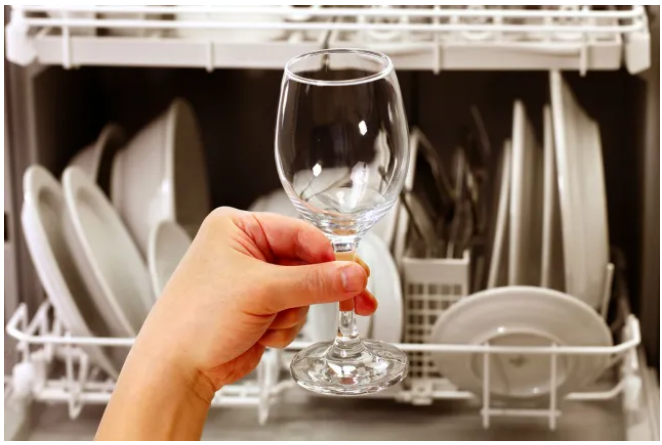
Dishwasher racks are equipped with tines to stabilize your dishes. Never lay plates atop the tines. Instead, secure each dish to prevent them from falling over and potentially breaking other items in the dishwasher.

You may be tempted to pack the dishwasher to the brim, but overcrowding will prevent the dishwasher from doing its job. Too many plates may block the jets and prevent water from reaching all of your dirty dishes.

If your dishwasher has a silverware basket, place spoons and forks facing upward so that the water cleans the dirty food part instead of the handle. However, place butter knives with their blades down so you don’t accidentally cut yourself when removing them.
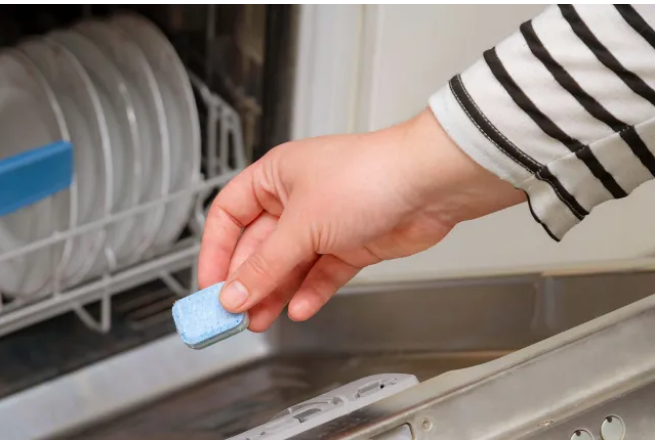
Never fill your detergent dispenser to the brim, as too much detergent may leave a thin layer of gunky film on all your dishes. Instead, use detergent pods or fill the dispenser to just one-third its capacity, which is the perfect amount for a proper cleaning.
Featured Image Credit: Daiga Ellaby/ Unsplash

Bennett KleinmanStaff Writer
Bennett Kleinman is a New York City-based staff writer for Optimism Media. He is also a freelance comedy writer, devoted New York Yankees and New Jersey Devils fan, and thinks plain seltzer is the best drink ever invented.
728 total views, 4 views today
